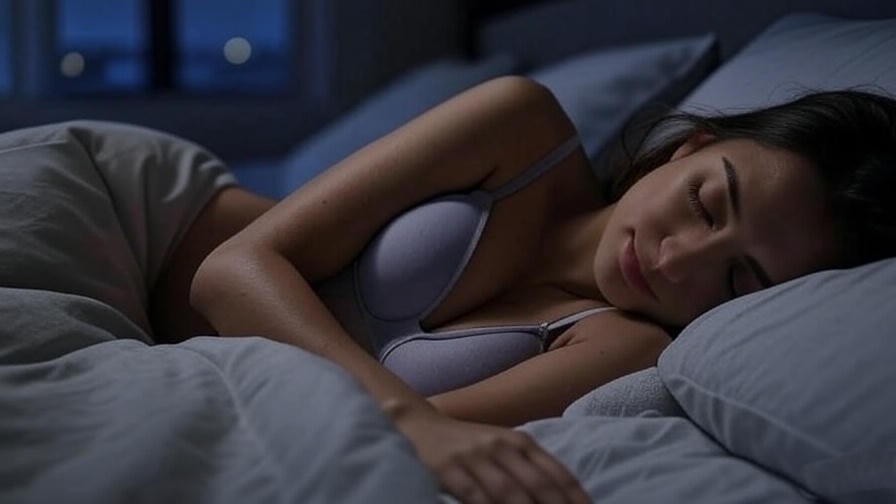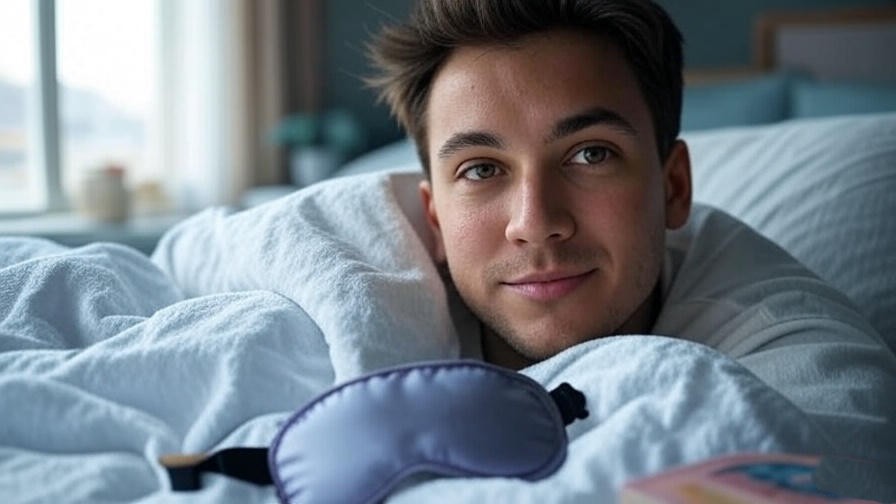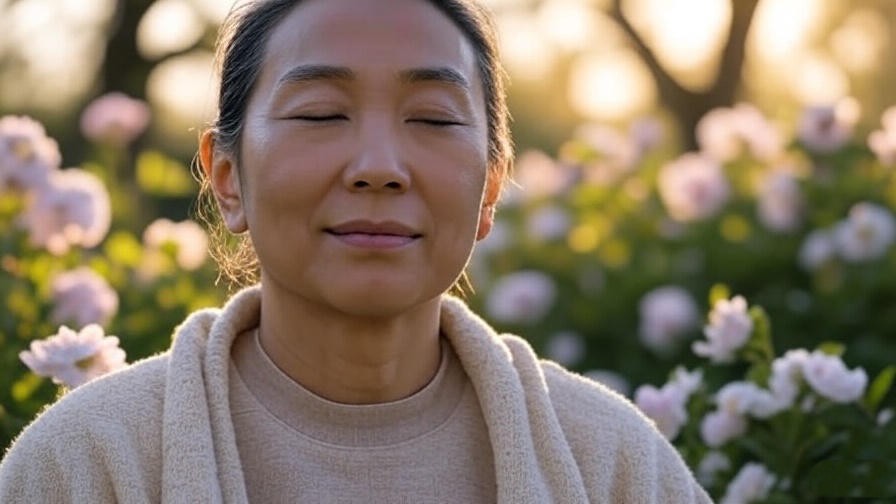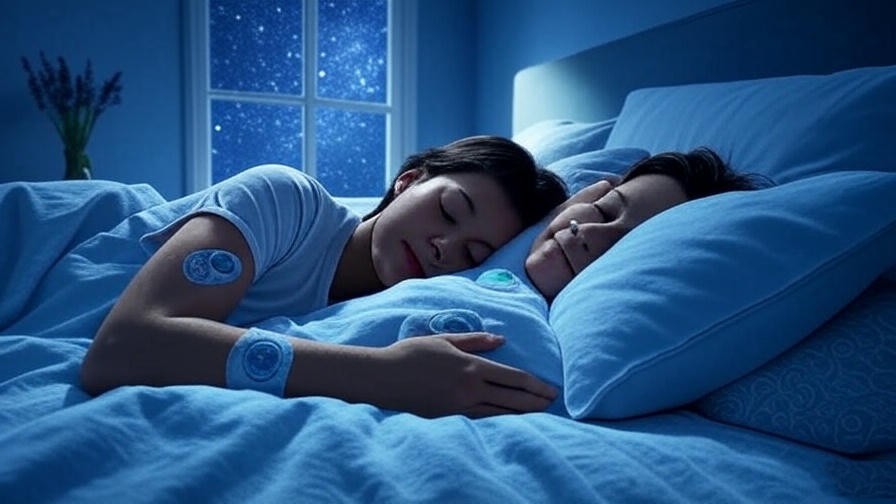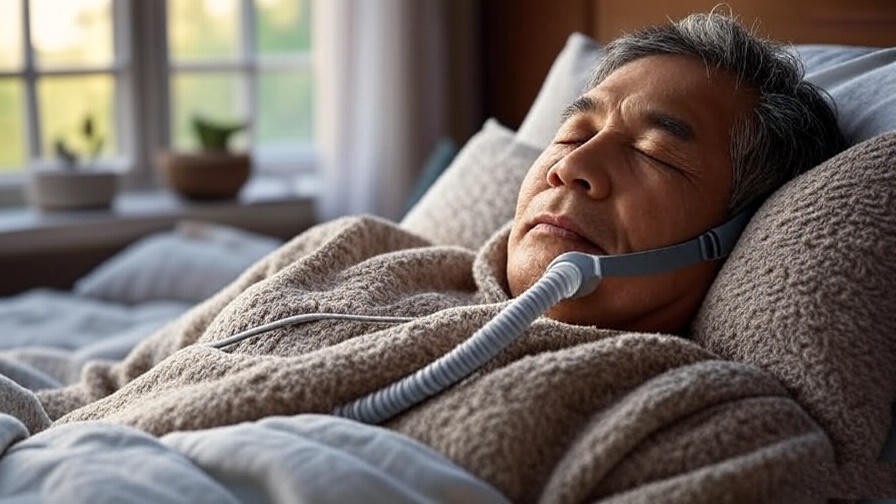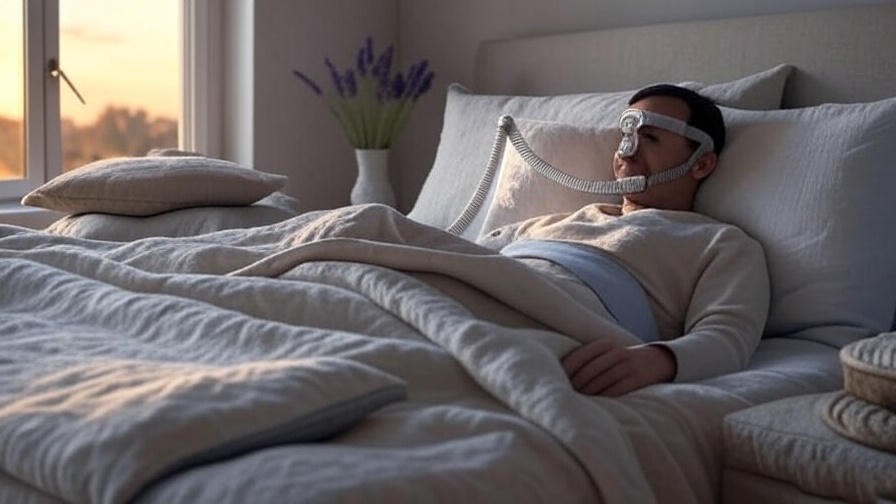Picture this: You’ve just left your dermatologist’s office, feeling a mix of excitement and curiosity after your Botox treatment. Your skin is on its way to a smoother, more youthful glow, but a question lingers: how long after Botox can I sleep on my side without risking those flawless results? As a side sleeper, you might worry that your go-to sleep position could undo the magic of your treatment. Proper post-Botox care is crucial for ensuring the neurotoxin settles correctly, delivering the wrinkle-free look you’re aiming for. In this comprehensive guide, we’ll dive deep into expert-backed advice from dermatologists and holistic wellness specialists to answer your question and provide actionable tips. From sleep positions to nutrition and stress management, you’ll learn how to optimize your Botox results while enhancing your overall well-being.
Understanding Botox and Its Effects on Your Body
What Is Botox and How Does It Work?
Botox, a brand name for botulinum toxin type A, is a neuromodulator that temporarily relaxes targeted facial muscles to smooth wrinkles and fine lines. Injected into areas like the forehead, crow’s feet, or frown lines, it blocks nerve signals that cause muscle contractions, resulting in a softer, more youthful appearance. According to Dr. Sarah Thompson, a board-certified dermatologist, “Botox takes a few hours to bind to nerve endings and begin working, which is why post-treatment care is so critical.” During this initial period, the neurotoxin is still settling into the muscle, making careful aftercare essential to prevent migration or reduced efficacy.
The process is minimally invasive, with results typically lasting 3-4 months. However, the first 24 hours post-treatment are pivotal. Understanding how Botox interacts with your body empowers you to make informed choices about post-care routines, including how you sleep.
Why Post-Botox Care Matters
Post-Botox care isn’t just about following rules—it’s about protecting your investment and ensuring optimal results. Improper care, such as lying down too soon or applying pressure to treated areas, can cause the neurotoxin to spread to unintended muscles, leading to uneven results or side effects like drooping eyelids. A 2019 study published in the Journal of Cosmetic Dermatology found that improper post-treatment behavior, including lying down within 4 hours, increased the risk of Botox migration by up to 15%. By prioritizing mindful aftercare, you’re not only safeguarding your cosmetic results but also embracing a holistic approach to self-care that aligns with your wellness goals.
How Long After Botox Can I Sleep on My Side?
The Expert-Recommended Timeline
The burning question—how long after Botox can I sleep on my side? Experts, including the American Academy of Dermatology, recommend waiting 4-6 hours before lying down or sleeping on your side after a Botox injection. This window allows the neurotoxin to bind to the targeted muscle’s nerve endings, reducing the risk of it spreading to adjacent areas. Dr. Emily Chen, a leading aesthetic dermatologist, advises, “For the best outcome, avoid any position that puts pressure on the treated area for at least 4 hours, ideally longer.” For side sleepers, this means resisting the urge to curl up in your usual position right after treatment.
Factors That Influence the Waiting Period
The 4-6 hour guideline isn’t one-size-fits-all. Several factors can influence how long you should wait:
- Injection Site: Areas like the forehead or around the eyes (crow’s feet) may be more sensitive to pressure than others, such as the jawline.
- Dosage: Higher doses may take slightly longer to settle, as more neurotoxin is distributed in the tissue.
- Individual Physiology: Skin thickness, muscle activity, and metabolism can affect how quickly Botox binds.
Tip: Always consult your injector for personalized advice tailored to your treatment plan. They can provide specific guidance based on the areas treated and your unique physiology.
Why Sleep Position Matters After Botox
The Science Behind Botox Migration
Think of Botox like wet paint—it needs time to “dry” or settle into the targeted muscles before you apply pressure. Sleeping on your side or face too soon can cause the neurotoxin to migrate due to gravity or compression. This movement can lead to unintended muscle relaxation, resulting in asymmetry or diminished results. A 2020 study in Dermatologic Surgery noted that pressure on treated areas within the first few hours post-injection could increase migration risk by up to 10%. By waiting the recommended 4-6 hours, you give Botox the chance to anchor properly, ensuring even, long-lasting results.
Risks of Sleeping on Your Side Too Soon
While rare, sleeping on your side prematurely can lead to complications, such as:
- Asymmetry: Uneven muscle relaxation, causing one side of the face to look different.
- Eyelid Ptosis: A temporary drooping eyelid if Botox spreads to nearby muscles.
- Reduced Effectiveness: Migration can dilute the neurotoxin’s impact in the intended area.
For example, one patient reported slight asymmetry after sleeping on her side 3 hours post-treatment, though the issue resolved within weeks. These risks are uncommon with proper care, so following expert guidelines is key to peace of mind and optimal outcomes.
Best Practices for Sleeping After Botox
How to Sleep Safely Post-Botox

To protect your Botox results, aim to sleep on your back for at least the first night, ideally up to 24 hours. This position minimizes pressure on treated areas, allowing the neurotoxin to settle without interference. Here’s how to set up your sleep environment:
- Use Extra Pillows: Prop yourself up with 2-3 pillows to encourage back-sleeping and reduce the urge to roll onto your side.
- Try a U-Shaped Travel Pillow: These pillows cradle your head, keeping you in a stable back position.
- Create a Calming Sleep Space: Dim lights, use breathable bedding, and avoid distractions to promote restful sleep.
Tips for Side Sleepers
If you’re a dedicated side sleeper, transitioning to back-sleeping can feel daunting. Try these strategies:
- Body Pillows: Place a pillow on either side of your body to act as a barrier, preventing you from rolling over.
- Gradual Training: Practice back-sleeping for short naps during the day to ease into the habit.
- Mindfulness Techniques: Use guided meditation or deep breathing to relax into a new sleep position. Apps like Calm or Headspace offer sleep-focused sessions that align with holistic wellness.
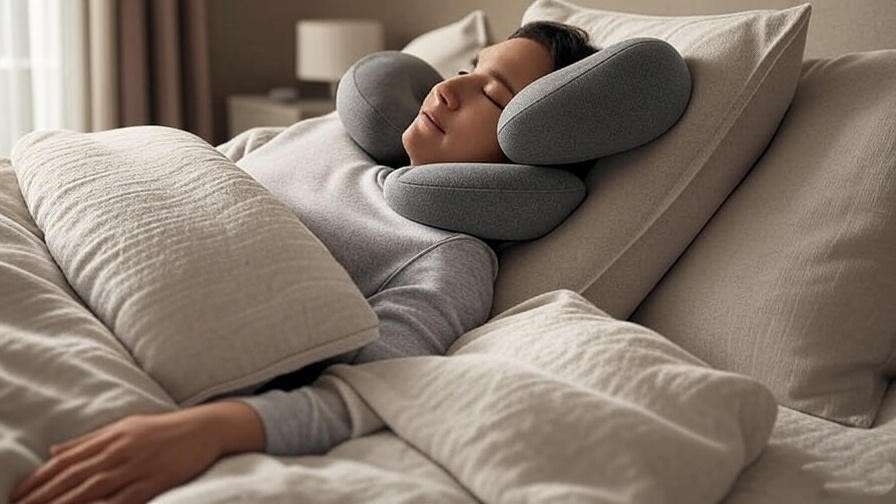
Holistic Wellness Tip: Incorporate a 5-minute bedtime ritual, such as progressive muscle relaxation, to reduce tension and support both your Botox results and overall sleep quality.
Additional Post-Botox Sleep Considerations
Beyond sleep position, other factors can affect your results:
- Avoid Tight Headwear: Skip headbands or hats that press on treated areas.
- Choose Lightweight Bedding: Heavy blankets can inadvertently press against your face.
- Invest in Hypoallergenic Pillows: These reduce skin irritation and support post-treatment skin health.
Good sleep hygiene doesn’t just protect your Botox—it enhances skin radiance and emotional balance, creating a virtuous cycle of well-being.
Holistic Post-Botox Care for Optimal Results
Beyond Sleep: Key Post-Treatment Guidelines
Sleeping on your back is just one piece of the post-Botox puzzle. Follow these expert-recommended guidelines for the first 24 hours:
- Avoid Strenuous Exercise: High-intensity workouts can increase blood flow, potentially causing Botox to migrate.
- Steer Clear of Heat: Saunas, hot showers, or sun exposure can interfere with Botox settling.
- Don’t Touch the Treated Area: Rubbing or massaging can shift the neurotoxin.
Downloadable Resource: Grab our “24-Hour Post-Botox Care Checklist” to keep these tips at your fingertips and ensure flawless results.
Nutrition and Hydration for Skin Recovery
Your diet plays a surprising role in post-Botox recovery. Staying hydrated keeps your skin plump and supports healing, while anti-inflammatory foods can enhance your glow. Dr. Lisa Patel, a holistic dermatologist, notes, “A diet rich in antioxidants can amplify Botox’s effects by reducing inflammation and promoting skin repair.” Include these in your meals:
- Berries: Blueberries and strawberries are packed with antioxidants to combat free radicals.
- Leafy Greens: Spinach and kale support collagen production for firmer skin.
- Healthy Fats: Avocados and nuts provide omega-3s to nourish skin cells.
Pro Tip: Aim for 8-10 glasses of water daily to keep your skin hydrated and optimize Botox longevity.
Stress Management and Its Impact on Botox Results
Stress can tighten facial muscles, potentially shortening Botox’s lifespan. Chronic stress also elevates cortisol, which can dull your skin’s radiance. To counter this, incorporate stress-relief practices into your routine:
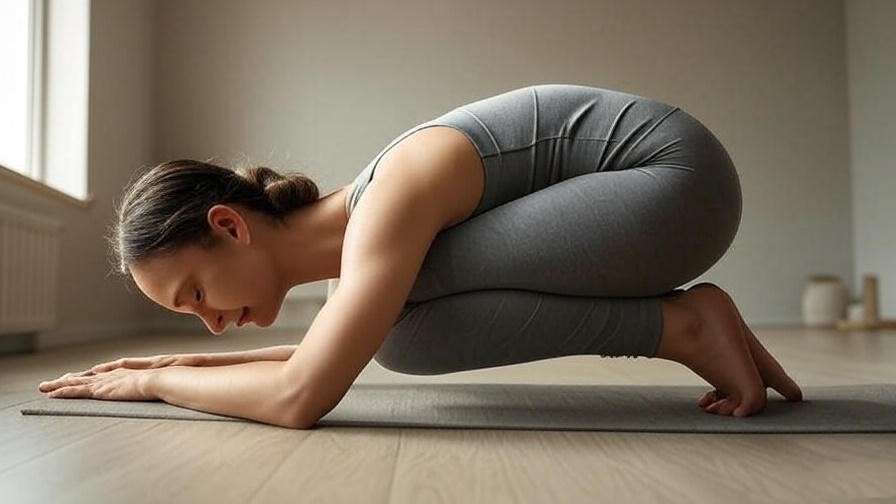
- Meditation: A 5-minute mindfulness session before bed can calm your mind and muscles. Try this simple exercise: Inhale for 4 seconds, hold for 4, exhale for 6, and focus on relaxing your face.
- Gentle Yoga: Poses like Child’s Pose or Legs-Up-the-Wall promote relaxation without straining treated areas.
- Journaling: Reflect on your day to release mental tension, supporting both emotional and cosmetic health.
By blending stress management with post-Botox care, you’re nurturing your body and mind for lasting results.
Common Questions About Botox and Sleep (FAQs)
To address the most pressing concerns about post-Botox sleep, we’ve compiled answers to common questions, drawing on expert insights and the latest research to ensure clarity and trustworthiness.
- Can I sleep on my side the same night as Botox?
It’s best to wait at least 4-6 hours before sleeping on your side to allow Botox to settle into the targeted muscles. For optimal results, sleep on your back for the first night. This minimizes pressure on treated areas and reduces the risk of migration, ensuring your results are even and long-lasting. - What happens if I accidentally sleep on my side too soon?
If you inadvertently sleep on your side within a few hours of treatment, don’t panic. The risk of significant migration is low, but minor asymmetry or reduced effectiveness in the treated area is possible. Dr. Sarah Thompson advises, “If you notice any unusual effects, such as unevenness or drooping, contact your provider promptly.” Most issues, if they occur, resolve within a few weeks. - How long should I avoid side sleeping for best results?
While 4-6 hours is the minimum, many experts recommend avoiding side sleeping for 24-48 hours to be extra cautious. This extended period ensures the neurotoxin fully integrates into the targeted muscles, maximizing the treatment’s efficacy and longevity. - Are there sleep aids or products to help me sleep on my back?
Yes! Products like U-shaped travel pillows, memory foam cervical pillows, or body pillows can stabilize your position and prevent rolling onto your side. Brands like Tempur-Pedic or Coop Home Goods offer adjustable pillows that support comfortable back-sleeping. For added comfort, consider a silk pillowcase to reduce skin irritation and keep your complexion smooth. - Does sleeping on my side ruin Botox long-term?
Sleeping on your side after the initial 24-hour period is unlikely to ruin your Botox results. However, consistently sleeping on your face or side over time can contribute to facial wrinkles due to repeated pressure. Adopting back-sleeping as a long-term habit can benefit both your Botox outcomes and overall skin health.
When to Consult Your Provider
While Botox is a safe and minimally invasive procedure, knowing when to reach out to your provider ensures peace of mind and optimal results. Contact your dermatologist or injector if you experience:
- Unusual Swelling or Bruising: Mild swelling is normal, but persistent or severe swelling may indicate an issue.
- Asymmetry: If one side of your face appears uneven or less smooth than the other after a few days.
- Drooping or Weakness: Rare side effects like eyelid ptosis or difficulty moving facial muscles warrant immediate attention.
Choosing a qualified provider is critical for safe and effective Botox treatments. Look for board-certified dermatologists or licensed aestheticians with extensive experience in cosmetic injectables. The American Academy of Dermatology recommends verifying credentials and reading patient reviews to ensure you’re in trusted hands. By combining professional care with mindful aftercare, you’re setting the stage for both cosmetic success and holistic well-being.
Long-Term Strategies for Better Sleep and Botox Results
Training Yourself to Sleep on Your Back
For habitual side sleepers, transitioning to back-sleeping can feel like a challenge, but it’s a worthwhile investment for your Botox results and overall skin health. Here’s a 7-day plan to help you adapt:

- Day 1: Assess Your Sleep Setup
Evaluate your current bedding and pillow arrangement. Invest in a supportive cervical pillow or body pillows to create a “nest” that encourages back-sleeping. - Day 2: Practice During Naps
Take a 20-minute nap on your back to get accustomed to the position. Use a travel pillow to keep your head stable. - Day 3: Incorporate Relaxation
Before bed, practice a 5-minute guided meditation focused on relaxing your body. Apps like Insight Timer offer free sessions tailored for sleep. - Day 4: Add Physical Barriers
Place body pillows on either side of your body to prevent rolling over during the night. - Day 5: Track Progress
Keep a sleep journal to note how often you wake up on your back versus your side. Celebrate small wins to stay motivated. - Day 6: Optimize Your Bedroom
Create a calming sleep environment with dim lighting, a cool room temperature (60-67°F), and breathable bedding to make back-sleeping more comfortable. - Day 7: Reflect and Adjust
Assess your progress and tweak your setup as needed. If back-sleeping still feels unnatural, consult a sleep specialist for personalized advice.
Expert Insight: Sleep specialist Dr. Michael Rivera notes, “Habit formation takes consistency, but even partial success with back-sleeping can significantly benefit your skin and Botox results over time.”
Integrating Sleep Hygiene into Your Wellness Routine
Good sleep hygiene goes beyond protecting your Botox—it’s a cornerstone of holistic well-being that enhances skin health, emotional balance, and overall vitality. Here are actionable tips to elevate your sleep routine:
- Stick to a Consistent Schedule: Go to bed and wake up at the same time daily to regulate your body’s circadian rhythm. This promotes deeper, more restorative sleep, which supports skin repair and Botox longevity.
- Limit Screen Time: Avoid screens 1-2 hours before bed to reduce blue light exposure, which can disrupt melatonin production. Instead, read a book or practice journaling to wind down.
- Create a Calming Bedroom Environment: Use blackout curtains, a white noise machine, or essential oil diffusers (lavender or chamomile) to foster relaxation. A serene space enhances both sleep quality and your post-Botox recovery.
- Link to Related Content: Explore our articles on “10 Sleep Hygiene Tips for Radiant Skin” or “How Meditation Boosts Your Glow” for more ways to align sleep with wellness goals.
By prioritizing sleep hygiene, you’re not only safeguarding your Botox investment but also cultivating a lifestyle that radiates health and happiness.
Conclusion
Navigating post-Botox care doesn’t have to be stressful. By waiting at least 4-6 hours before sleeping on your side—and ideally sleeping on your back for the first 24 hours—you can protect your results and achieve that smooth, youthful look you’re after. Beyond sleep, embracing holistic practices like proper nutrition, stress management, and good sleep hygiene amplifies your Botox outcomes while nurturing your overall well-being. Whether you’re a side sleeper retraining your habits or simply seeking to optimize your post-treatment routine, this guide offers the tools and insights you need to succeed.
We’d love to hear from you! Are you a side sleeper struggling with post-Botox sleep? Share your tips or questions in the comments below, or sign up for our newsletter for more expert advice on sleep, wellness, and beauty. For additional resources, check out our related articles on mindful self-care and skin health.


